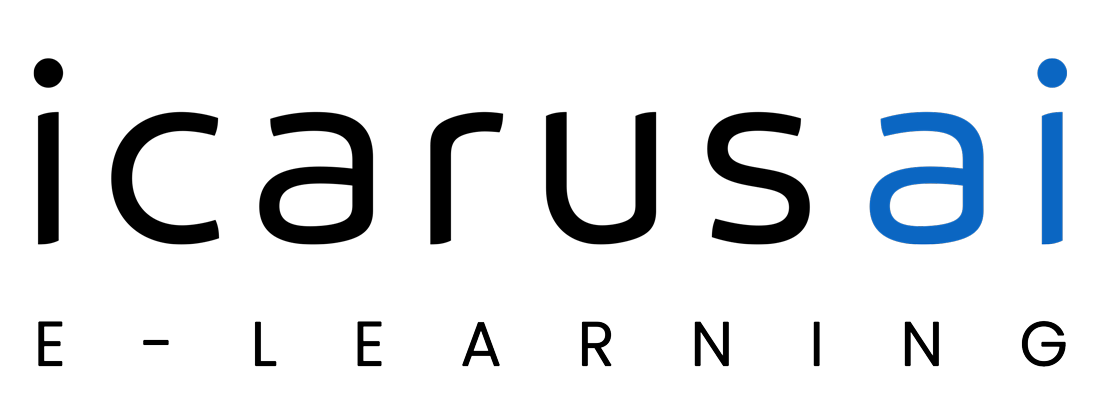What Is E-Learning?
E-Learning is the conducting of learning and teaching methods through electronic platforms. E-Learning methods can be deployed utilizing a computer and/or internet, and/or software programs, audio and video techniques.
The term “e-learning” is most frequently used to refer to computer-based training which incorporates technologies that support interactivity beyond what would be provided by a single computer. Therefore, is an approach to facilitate and enhance learning through computers and communications technology. Such devices can include personal computers, Digital Television, Tablets and Mobile Phones. Communications technology enables the use of the Internet, email, discussion forums, collaborative software and team learning systems. E-learning may also be used to support distance learning through the use of WANs (Wide area networks) and is sometimes considered a form of flexible learning, as e-learners can utilize e-learning platforms at their own pace. Courses can be tailored to specific needs and asynchronous learning (Location Independent Learning) is possible. When learning occurs exclusively online it is called online education. When learning is distributed to mobile devices such as cell phones or Tablets, it is called M-learning.
In Conclusion: “eLearning is the effective teaching and learning process created by combining e-digital content with local community and tutor support along with global community engagement.”
Why Are E-Learning Methods Important?
E-Learning methods are particularly important in all teaching subjects because:
- they enable the instructor to expose their students to real life situations that are either too complicated or too time consuming to solve within a limited time, and
- they help visualize the effects of the subject whether inside or outside the physical classroom.
There are various reasons why people have taken interest in affective learning outcomes, but the most notable relate to the delivery of eLearning, or “distance education” as well as to its ability to address the skill shortage in the workplace. For clarity, the term affective learning is considered as follows: The affective domain of learning outcomes is concerned with the internalization of attitudes and values. The first rationale: the value of distance education for outcomes in the cognitive domain has been established, and outcomes in the psychomotor domain are now under scrutiny. There is less evidence of the value of distance education in the generation of affective outcomes.
Tell me more about the skill shortage in the work place?
According the European Communities Personnel Selection Office (EPSO) soft skills are in short supply in the European workforce. A recent report entitled “The Importance of Soft Skills in the Current European Labour Market” outlines a lack of soft skill development across many occupational sectors. The definition of soft skills is yet unclear, but they are identified as the following skills:
- Ability to communicate effectively
- Creativity
- Analytical thinking
- Problem-solving skills
- Leadership skills
- Team-building skills
- Listening skills
- Diplomacy
- Flexibility
- Change-readiness
- Self-awareness
According to Goleman (1995), employees with appropriate soft skills perform beyond expectations. In a social justice/humanitarian argument, soft skills provide the capacity for smooth running human relations – a benefit in the lives of each individual on many fronts. Soft skill development occurs primarily, but not exclusively, in the affective domain. The report singles out the “high tech industry” as most in need of soft skill training (SST). It is also interesting to review how SST compares with other types of training. The report says: “…hard skills training is easier to define, and the paybacks of technical training are perhaps more immediately apparent. As a result it is much easier to ascertain whether someone has mastered a software program than ascertaining whether they have learned appropriate listening skills. Soft skills’ training is generally more nebulous and requires the passage of time to take hold. Soft skills are basically learned patterns of behavior and, as such, are difficult to ‘unlearn’ and replace with new patterns of behavior” (MacLeod, 2000, p. 85)
In sum:
We are interested in the generation of effective learning outcomes of online e-Learning.
Understanding this may contribute to the resolution of an important social and economic issue – the soft skill shortage in the workplace

How Would You Differentiate Between Different E-Learning Platforms?
As mentioned earlier, eLearning is any type of online, collaborative learning that’s relevant and realistic to the user.
What’s the difference between a web conference and a webcast? Let’s define these terms by introducing two more: Synchronous and Asynchronous. A web conference is a moderated session with both the facilitator and end user present simultaneously (synchronous). A webcast is a recorded session that can be accessed by the end user at their convenience (asynchronous).
How do I choose the right E-Learning platform?
Below we’ve defined some common features that can be found on most platforms.
- Annotating: Using drawing tools on whiteboards.
- Archiving: Recording and storing the session for playback anytime.
- Polls: Gathering real-time input from participants.
- Screen sharing: Allow participants to view applications on your desktop.
- Whiteboards: An electronic version of a dry-erase board.
Finding the right e-Learning platform to use will be largely dependent on your organization’s needs, the features that the platform offers and the cost of the platform. When choosing the right e-learning platform, you should consider the following questions:
What your organizational needs are:
Are you a small medium, or large organization?
What features you require:
Do you require basic features (annotating, chatting, screen sharing, whiteboards), the ability to archive sessions is important, a fully loaded platform with all the bells and whistles?
And, of course the cost:
Is cost effectiveness most important, are cost and quality are equally important, or is quality is our primary concern?
What Is ICARUS?
ICARUS is our latest software development designed to improve the e-learning experience for students and teachers. Icarus is an AI powered platformed that is designed to be integrated into existing e-learning platforms and improve learning outcomes. AI and machine learning allow Icarus to use the data it collects to learn your students’ unique learning style and help your e-learning platform to develop curriculum tailored to each students’ learning habits to improve the overall learning experience and outcomes for every student. At ENKI Technologies we want to empower e-learners by providing software that makes the e-learning experience better.

